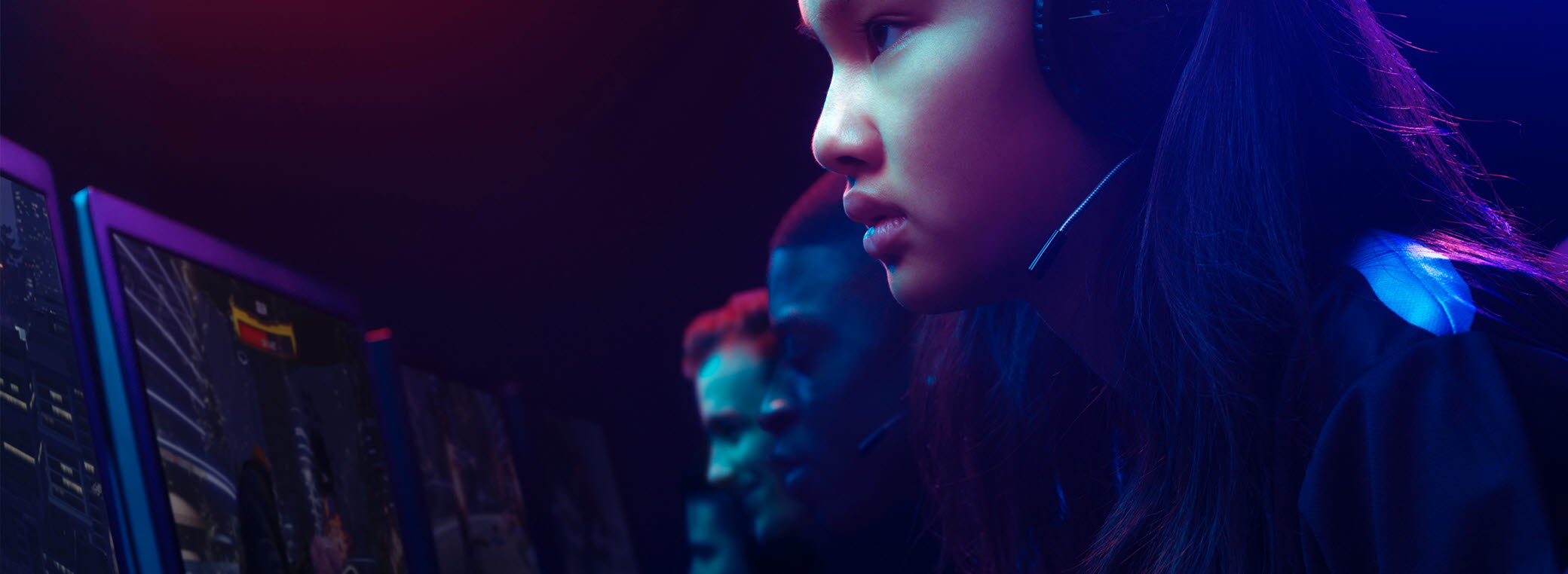In Puyopuyo eSports, it has been said that 'observing’ is the key to success. Eye tracking has shown us the information-gathering techniques of professional players, confirming the importance of 'observing’ and the specific techniques of professional players.Koji Murayama, Team Manager of the Alliance Team in the eSports Promotion Office at SEGA Japan Asia Inc.,
Customer story
Eye tracking analysis reveals key to success for professional eSport players
SEGA Corporation
Want to learn how you can use eye tracking and attention computing in your research?
Fill out the form and one of our experts will contact you shortly.
Related content
Customer stories
Accelerating the game: Alpine Esports' winning vision for sim racing
How Alpine Esports are using Tobii's Eye Tracker 5 to redefine performance and immersion in virtual racing.
blog
Elevate your War Thunder experience with Tobii eye and head tracking
We are happy to introduce Tobii head and eye tracking, such as Extended View and Camera Boost, in your War Thunder combats.
blog
FAR CRY® 6 will support Tobii eye tracking at launch
We're happy to announce that Far Cry 6 will have extended view, aim at gaze and several other popular eye tracking features enabled at launch.
